Photo gallery: Swimming with manatees in Florida
Seeing manatees in person helped me understand why Christopher Columbus would confuse them with a mermaid. They really are beautiful. According to Smithsonian Ocean, Columbus recorded a mermaid sighting that is now viewed as “the first written record of manatees in North America.”
This winter, I swam with these gentle giants, and the experience proved to me why it’s so important we do what we can to save these unique creatures.
U.S. Postal Service Save the Manatees stamp
Wednesday was Manatee Appreciation Day, and in honor of the occasion, the U.S. Postal Service released a special Save the Manatees stamp.
“I am honored to be here celebrating this magnificent new manatee stamp,” said Patrick Rose, executive director of the Save the Manatee Club, per a release. “This adorable stamp will increase awareness and hopefully encourage people to learn how they can help save manatees, too.”
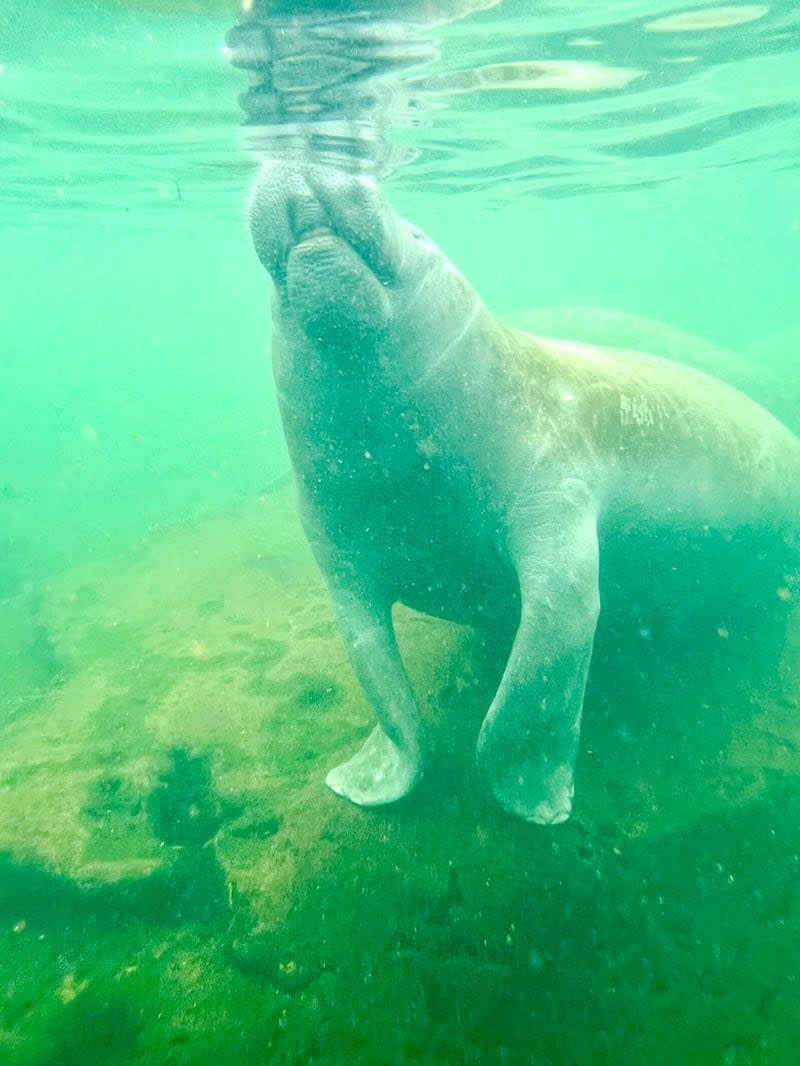
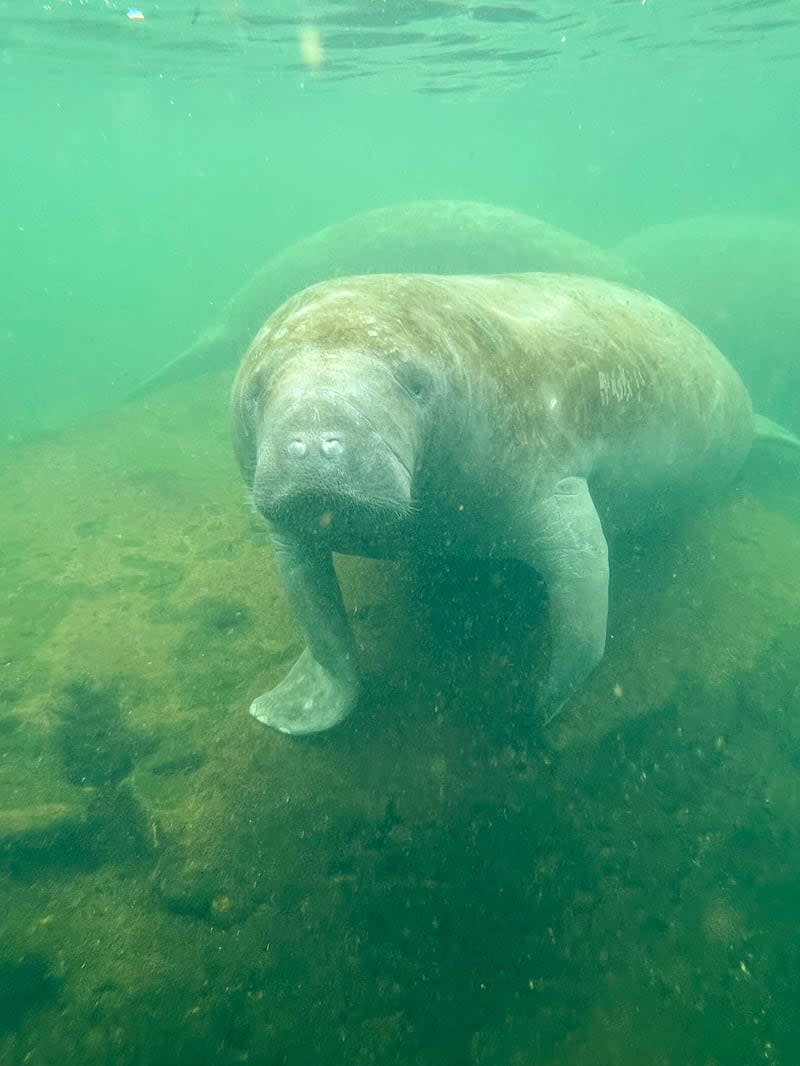
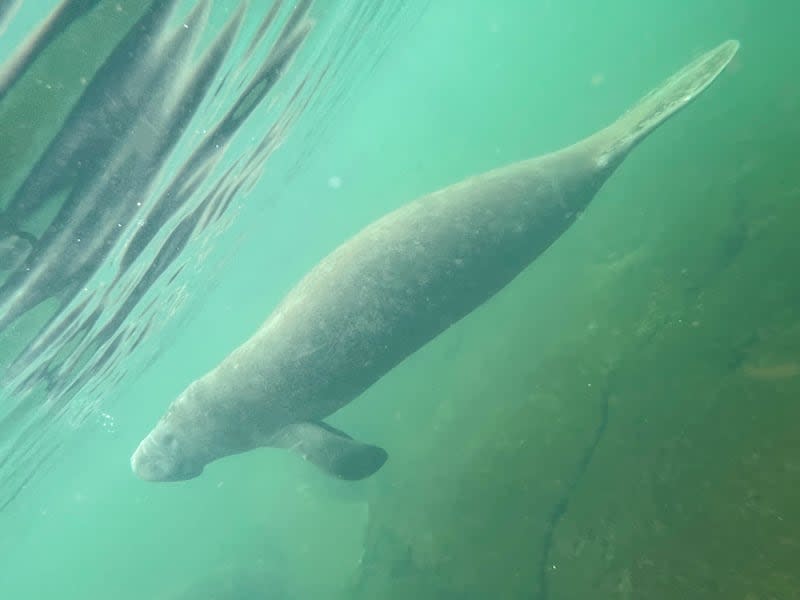
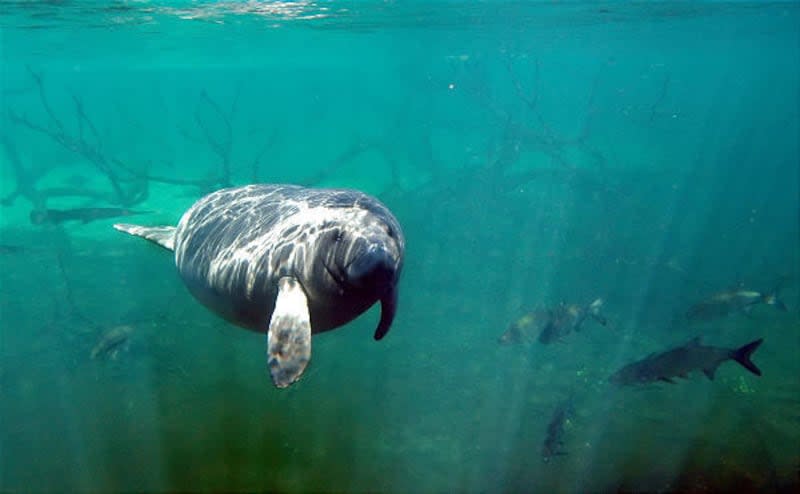
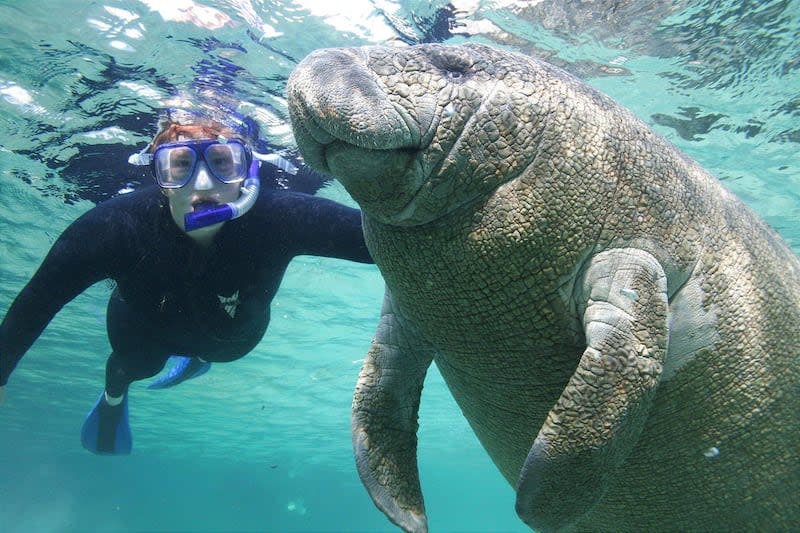
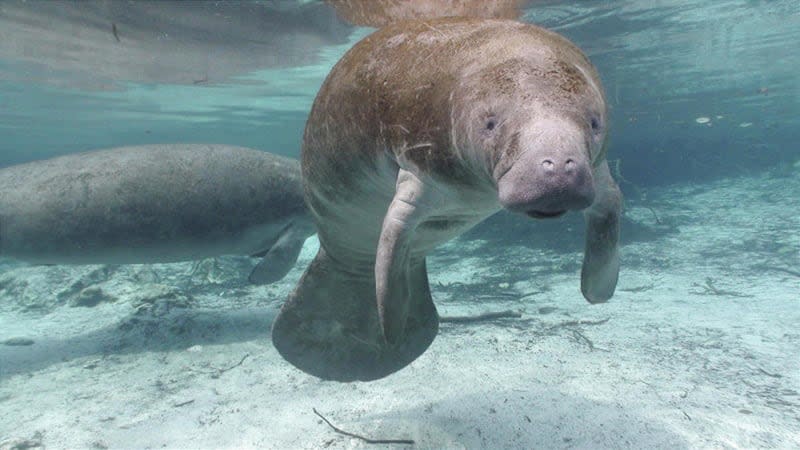
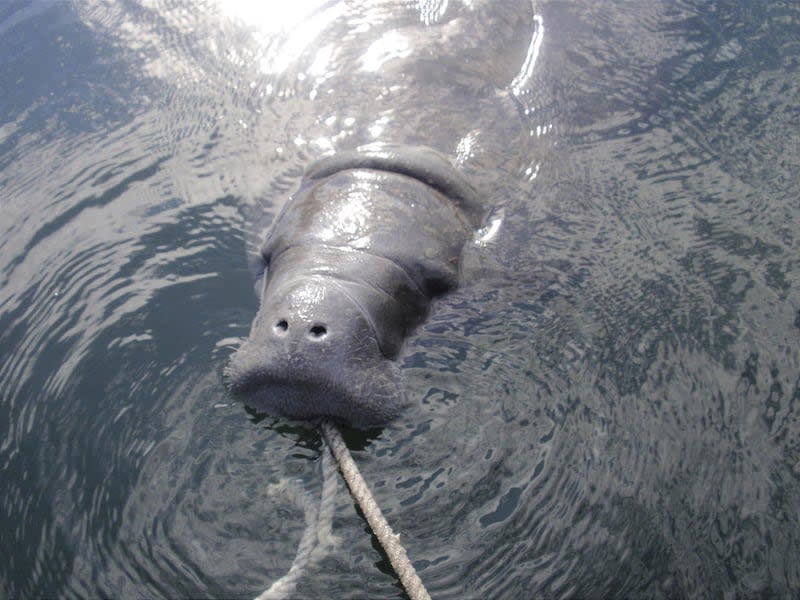
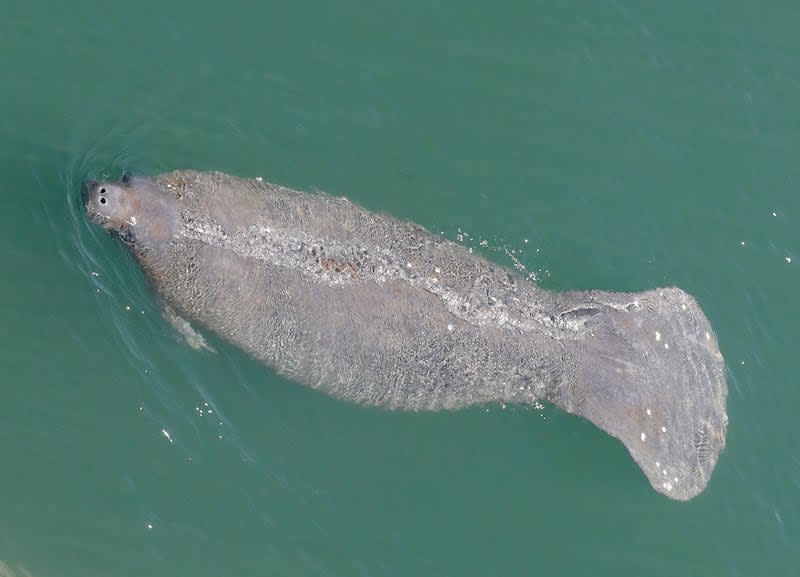
Manatees are no longer on the endangered species list, but they continue to be on the threatened species list since May 2017 with a population around 7,500 — the threatened species list includes animal species that could “become an endangered species in the near future,” per USA Today.
According to the Florida Fish and Wildlife Conservation, “seasonal manatee zones require boaters to slow down in certain areas to prevent manatees in their summer habitats from being injured or killed by motorboats or personal watercraft,” from April 1 through Nov. 15, per News 4.
New stamp issued on Manatee Appreciation Day 📬 #savemanateesstamp https://t.co/i96NIXbPcD
— U.S. Postal Service (@USPS) March 27, 2024
What we know about manatees
Here are some of the things we know about manatees, according to the Florida Fish and Wildlife Conservation Commission:
The average manatee weighs around 1,000 pounds but some grow to weigh more than 3,500 pounds.
Full-grown manatees are about 9 to 10 feet long.
The species is native to Florida.
Its closest land relative is the elephant.
Their skin is rough, wrinkly and appears like worn leather, making it so the skin doesn’t collect too much algae buildup.
They live in freshwater and saltwater habitats, depending on the season.
Manatees can swim up to 15 miles per hour.
The species are also called “sea cows” and typically spend around eight hours per day grazing on seagrass.
Why manatees migrate to freshwater springs in winter
Manatees reside in the Gulf of Mexico for half the year and spend the other half in clear, freshwater rivers and springs In Florida. The animals’ bodies can’t survive in waters that are too cold, thus why they migrate to the more temperate Florida waters during winter months.
“The last couple of weeks we’ve had really strong cold fronts, one after another,” said Monica Ross, director of manatee research and conservation for the Clearwater Marine Aquarium. “Anything below 20C (68F) and a manatee will have to thermoregulate or they start losing heat. And below 16C (60F) they get cold stress syndrome — their extremities do not get blood flow and they could lose skin or portions of their extremities, such as a portion of their tail, from cold stress.”
My experience swimming with manatees
One way to appreciate the majestic creatures is by observation. I swam with the massive “mermaids” in January in the clear water of Crystal River, Florida. Seeing them in person impacted me deeply. Observing animals and nature has a way of doing that — proving just how small you are in this grand world.
There’s a sense of peace and understanding felt in the water. There’s also a level of trust bestowed from the manatees when you’re sharing the water with them. It’s powerful.
They might look cuddly, but unfortunately, you’re not allowed to touch them during the excursion; despite how much I wanted to, I kept my distance.
They don’t stay clear of you necessarily, though. They’re curious, and in the area I went, they’re used to having humans around. One swam right past my friend and brushed her hand. She said the skin felt rough and leathery, and it makes sense why we consider elephants their closest land relatives.
The water is shockingly clear, but I would highly recommend going early in the day if you plan on this once-in-a-lifetime experience. It gets pretty crowded later in the day.
Here are the details of my excursion:
I booked through River Ventures, and our guide and ship captain were knowledgable and helpful. I would recommend their experience.
It cost $90 per person for the semiprivate houseboat tour. They do have cheaper options if you go with a bigger group.
The tour lasted around three hours. I would recommend blocking out four hours of your day with getting ready to go out and changing out of wetsuits once you return.
The water is around 70 degrees, so pack a towel and warm clothes to put on when it ends. It was chilly getting out of the water.

